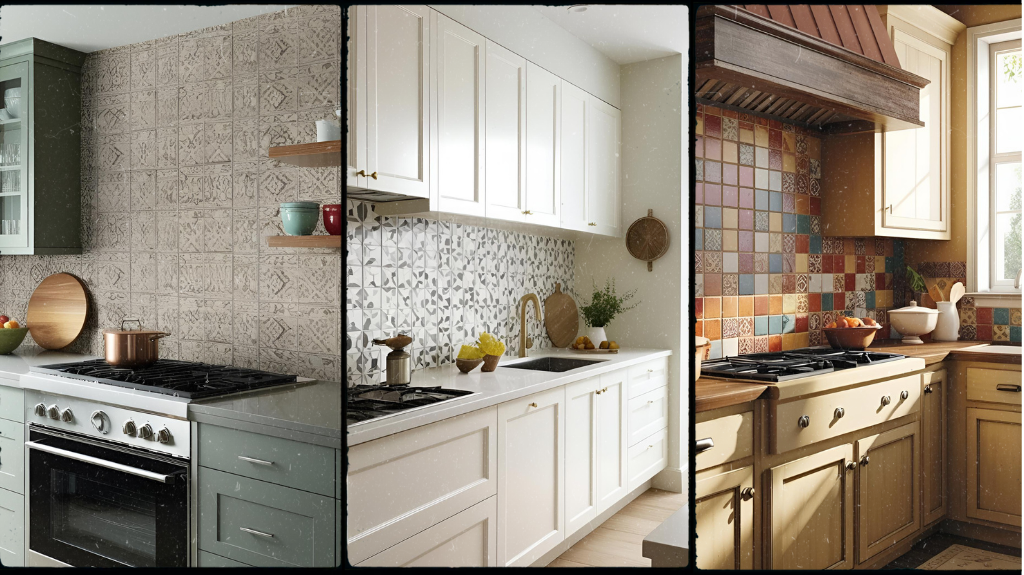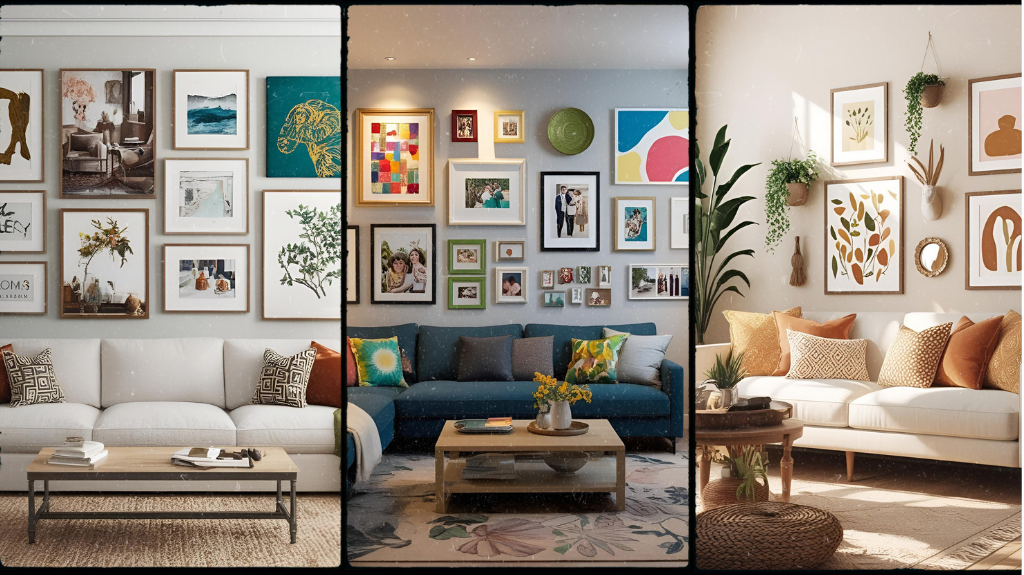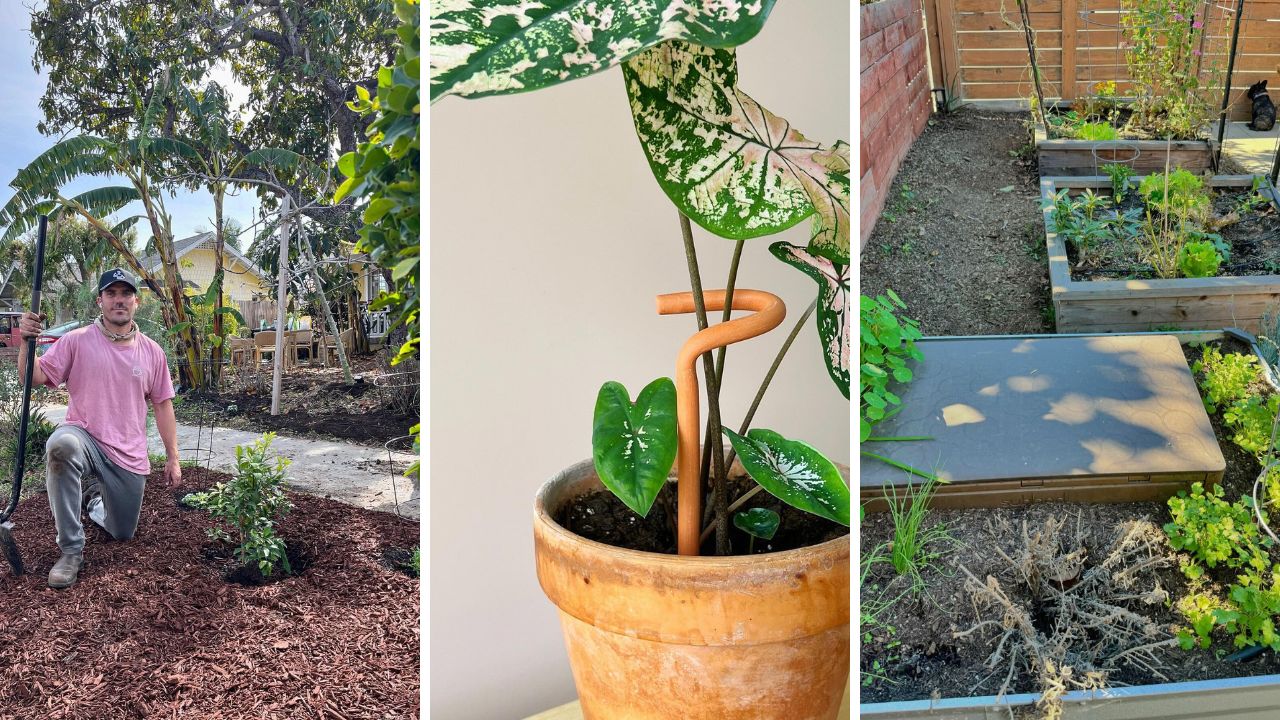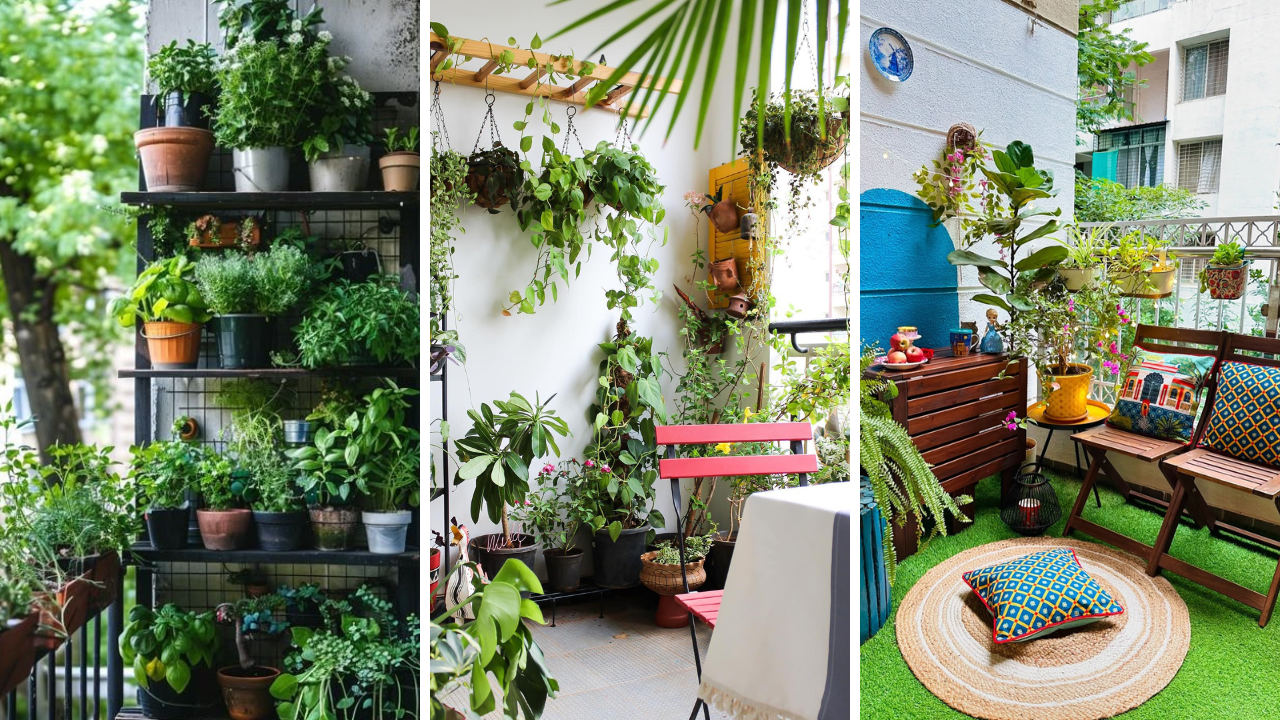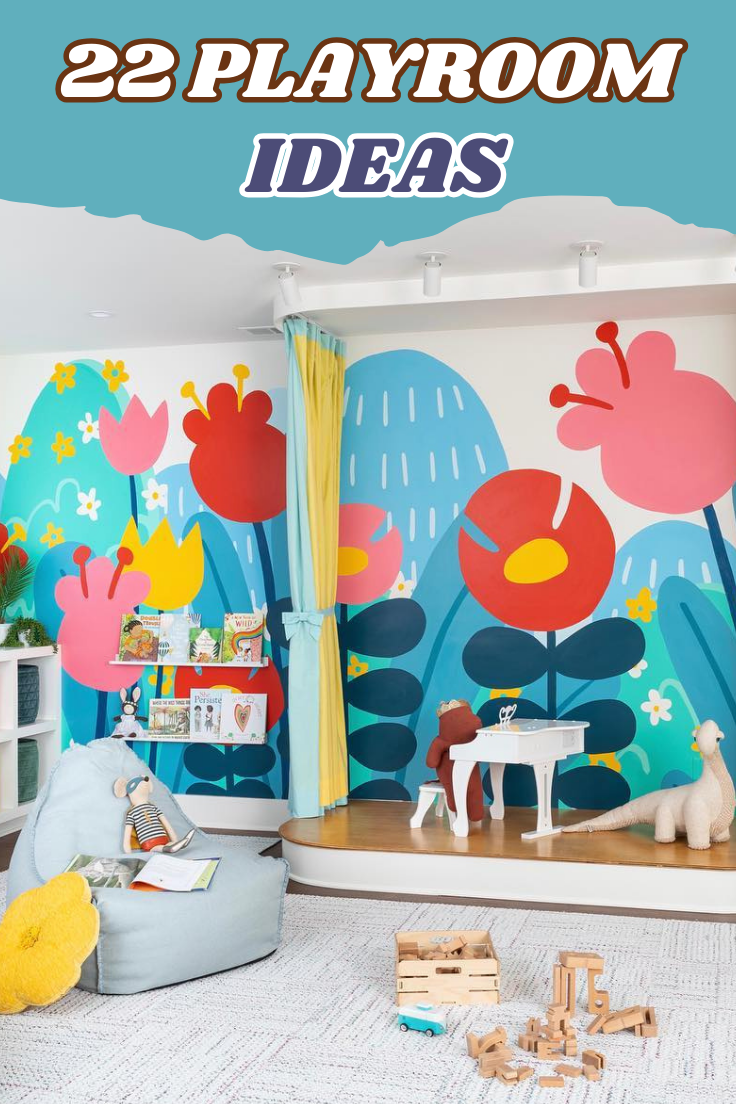
Designing a playroom is one of the most exciting yet challenging tasks when it comes to creating an ideal space for kids. The playroom isn’t just a space to store toys; it’s a haven where children’s imagination can run wild, where they can build, create, explore, and develop important life skills. The key to a successful playroom design lies in balancing functionality and fun, ensuring that it not only caters to your child’s playtime needs but also sparks creativity, learning, and inspiration. Whether you’re transforming a spare room or redesigning an existing play area, these 22 playroom ideas will help you create an environment that fosters endless creativity. From interactive walls to cozy reading nooks, each idea is designed to provide a dynamic and engaging space that encourages kids to think outside the box. Plus, as you implement these ideas, we’ll provide some fantastic product recommendations to help bring them to life, ensuring that your playroom is both practical and magical. So, let’s dive into these creative playroom solutions that will turn your space into the ultimate playground for imagination and growth.
1. Create a Cozy Reading Nook
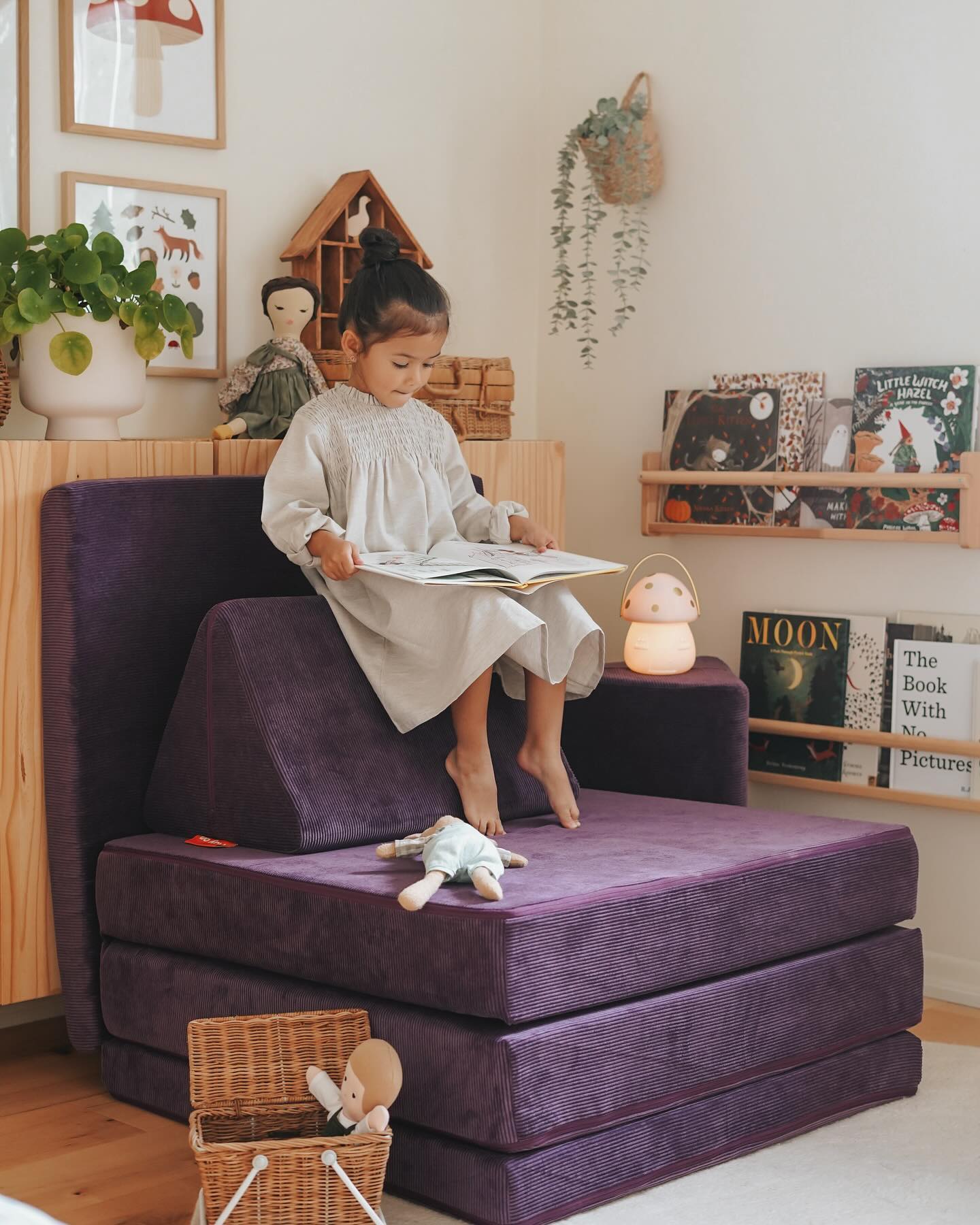
source@hellominibianco
A reading nook in the playroom is a perfect way to nurture a love for books and encourage quiet moments of creativity. Set up a cozy corner with soft cushions, a few favorite storybooks, and a little reading light to make the space inviting. You can even add a small bookshelf nearby, ensuring the books are within reach so children can pick up new titles at will. A reading nook not only fosters a love of literature but also offers a place for kids to unwind and explore their imagination. Consider using a small tent or teepee for extra coziness, and fill it with plush pillows to make it the ultimate retreat.
2. Incorporate Bold Colors and Patterns
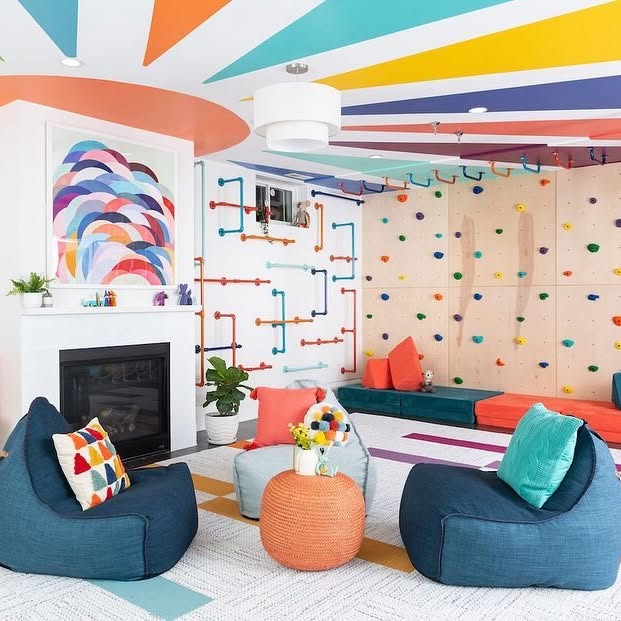
source@grohplayrooms
Color plays a pivotal role in shaping the mood of a room, and bold hues can truly energize a space, making it feel lively and fun. Bright colors like vibrant reds, yellows, and blues spark creativity, while patterns—whether they’re geometric, animal-themed, or nature-inspired—add character and visual interest to the room. You don’t have to paint the whole room in bright colors; small accents such as colorful cushions, a bold rug, or fun wall decals can add a burst of color without overwhelming the space. These bold colors also help in creating a visually stimulating environment where children are encouraged to think and explore.
3. Build a Craft Station
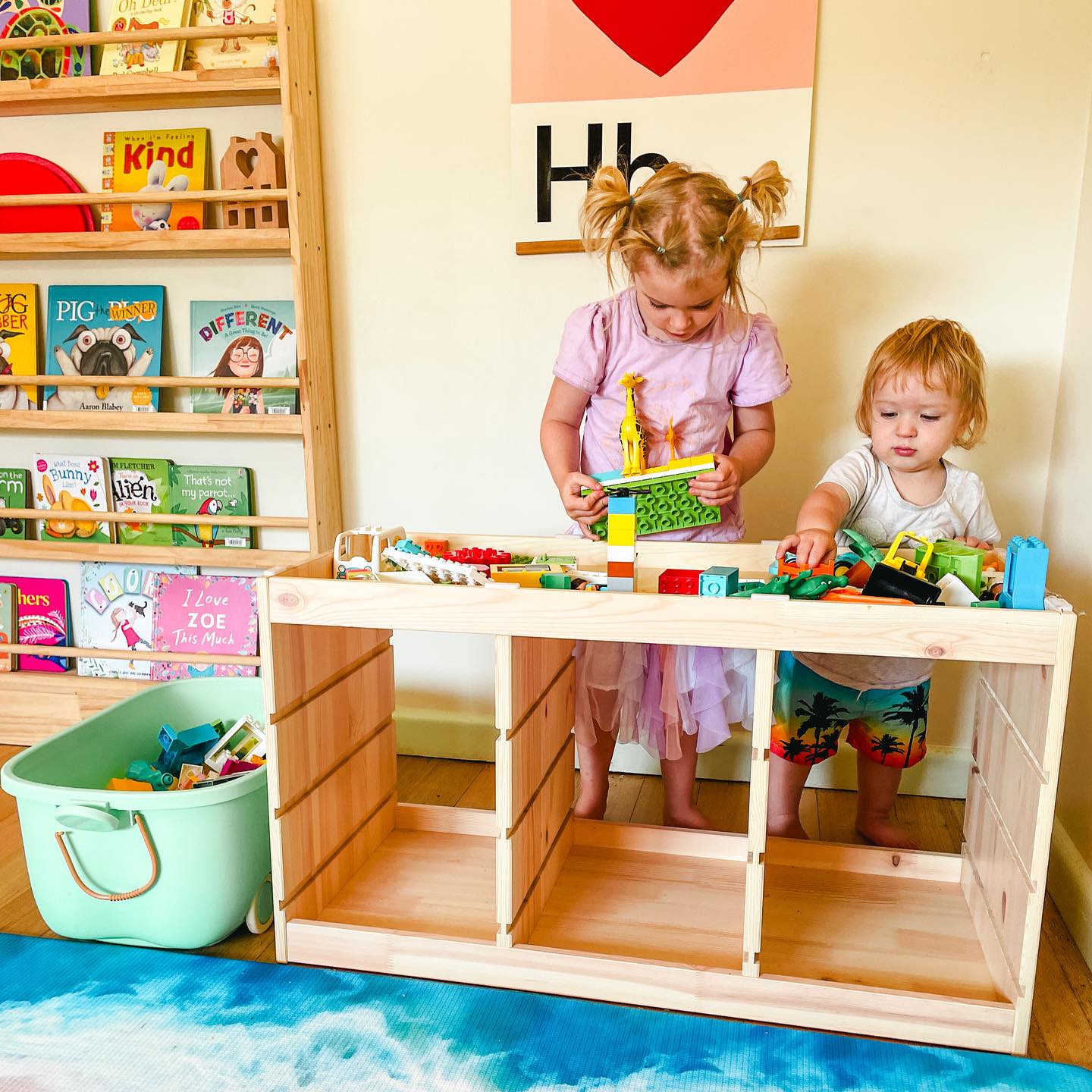
source@lilznzplays
A craft station is a wonderful way to inspire kids’ creativity. By providing them with easy access to craft supplies like crayons, markers, glue, and paper, you encourage them to engage in hands-on activities that stimulate their imaginations. Dedicate a corner or a small table in the playroom for crafting, and keep all the supplies organized in bins or shelves for easy access. This craft area will give children the opportunity to create their own masterpieces, whether they’re painting a picture, making a card, or building something out of recycled materials. It’s the perfect way to combine creativity with practicality, and the best part is you can constantly rotate supplies to keep things fresh and exciting.
4. Add a Sensory Corner
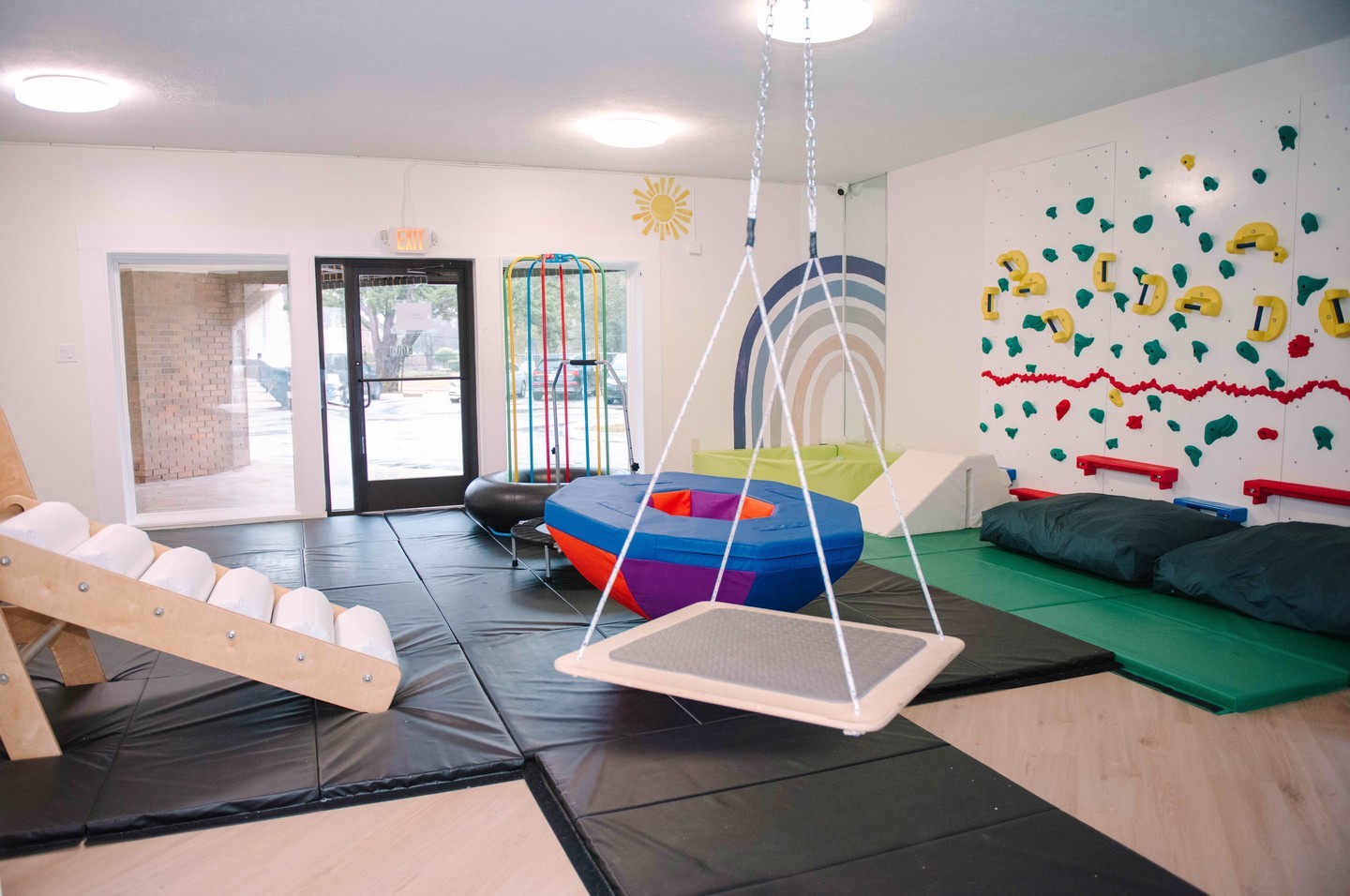
source@funandfunction
Sensory play is incredibly important for children’s development, and creating a sensory corner in your playroom is a great way to encourage it. A sensory corner could include a variety of textures, from soft fabrics to squishy toys, and sensory bins filled with materials like rice, beans, or water beads. These hands-on activities allow children to explore the world around them in a tactile and visual way. You could also add a small sandbox, soft pillows, or calming lighting to create a peaceful yet stimulating environment that helps children with sensory processing.
5. Create a Mini Theater Stage
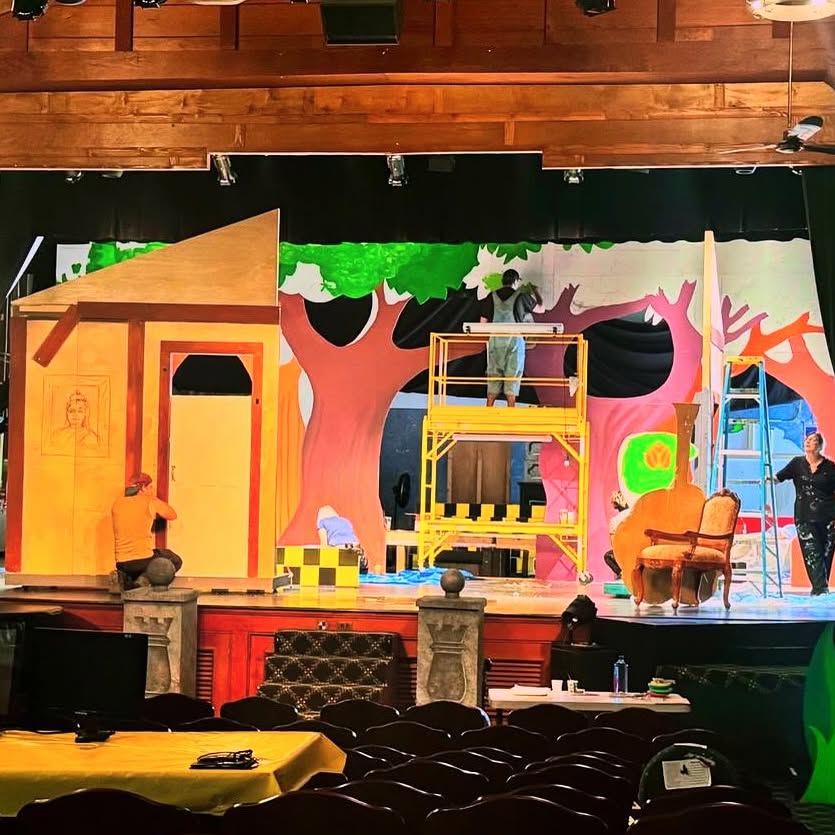
source@assistanceleagueoflosangeles
If your child enjoys role-playing or putting on performances, creating a mini theater stage in the playroom will be a game-changer. You can use a simple curtain or even a pop-up stage set for this. Add a few props such as hats, costumes, and a microphone to make it more immersive. This idea encourages creativity by allowing children to perform and pretend, whether they’re putting on a play, acting out their favorite story, or just singing their heart out. The performance area can be as simple as a space in the corner or a fully dedicated stage area with soft seating for an audience (perhaps family members!).
6. Incorporate Interactive Wall Features
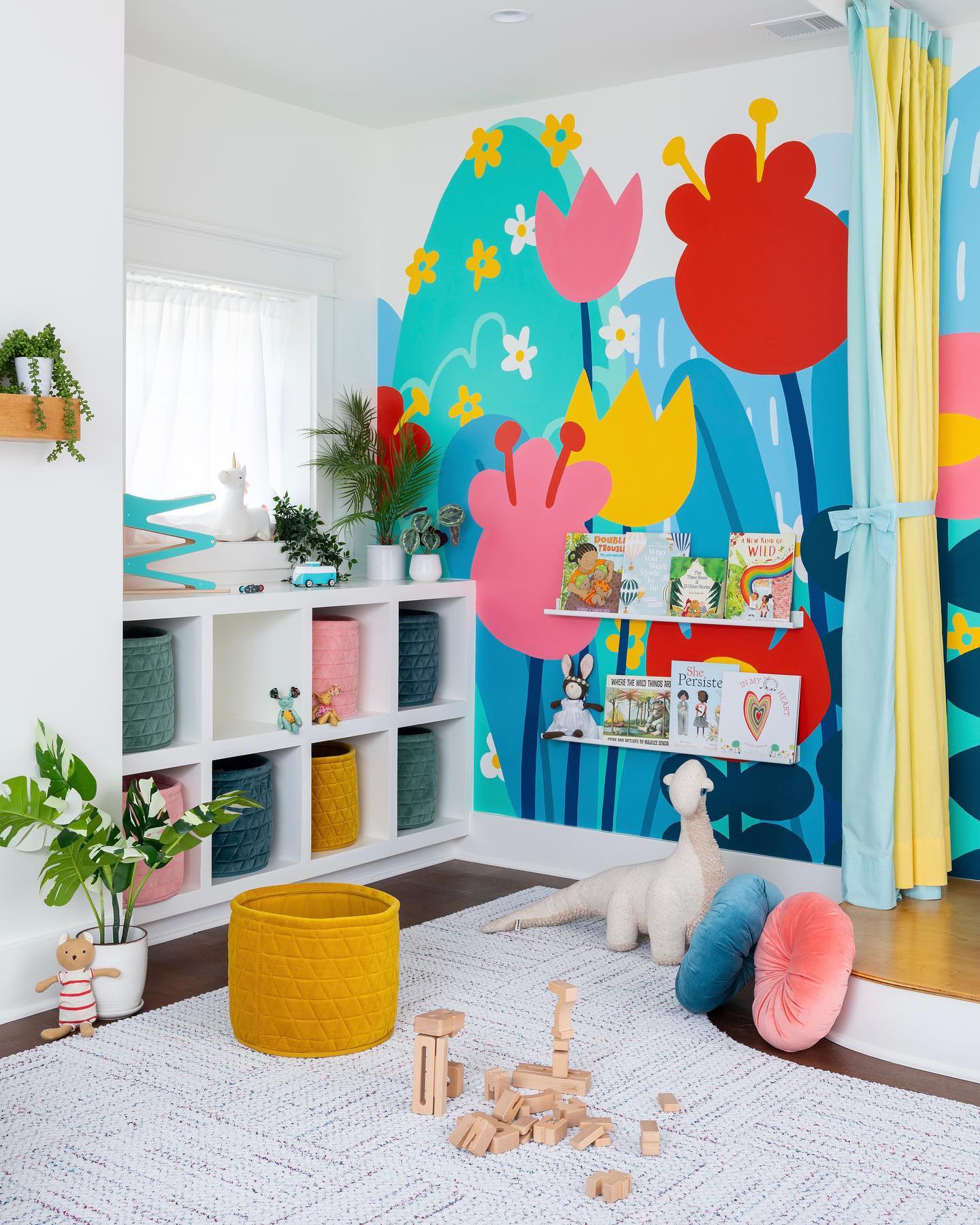
source@grohplayrooms
Interactive wall features like chalkboards, whiteboards, and magnetic boards can be fantastic additions to any playroom. Not only do they provide an ongoing space for creative expression, but they also double as learning tools. Kids can draw, write, or even engage with educational games like puzzles or word games. A magnetic chalkboard wall, for example, allows children to explore letters, numbers, and shapes in a hands-on manner. It’s a wonderful way to incorporate learning and fun into the playroom, keeping kids engaged and entertained for hours.
7. Create a DIY Building Zone
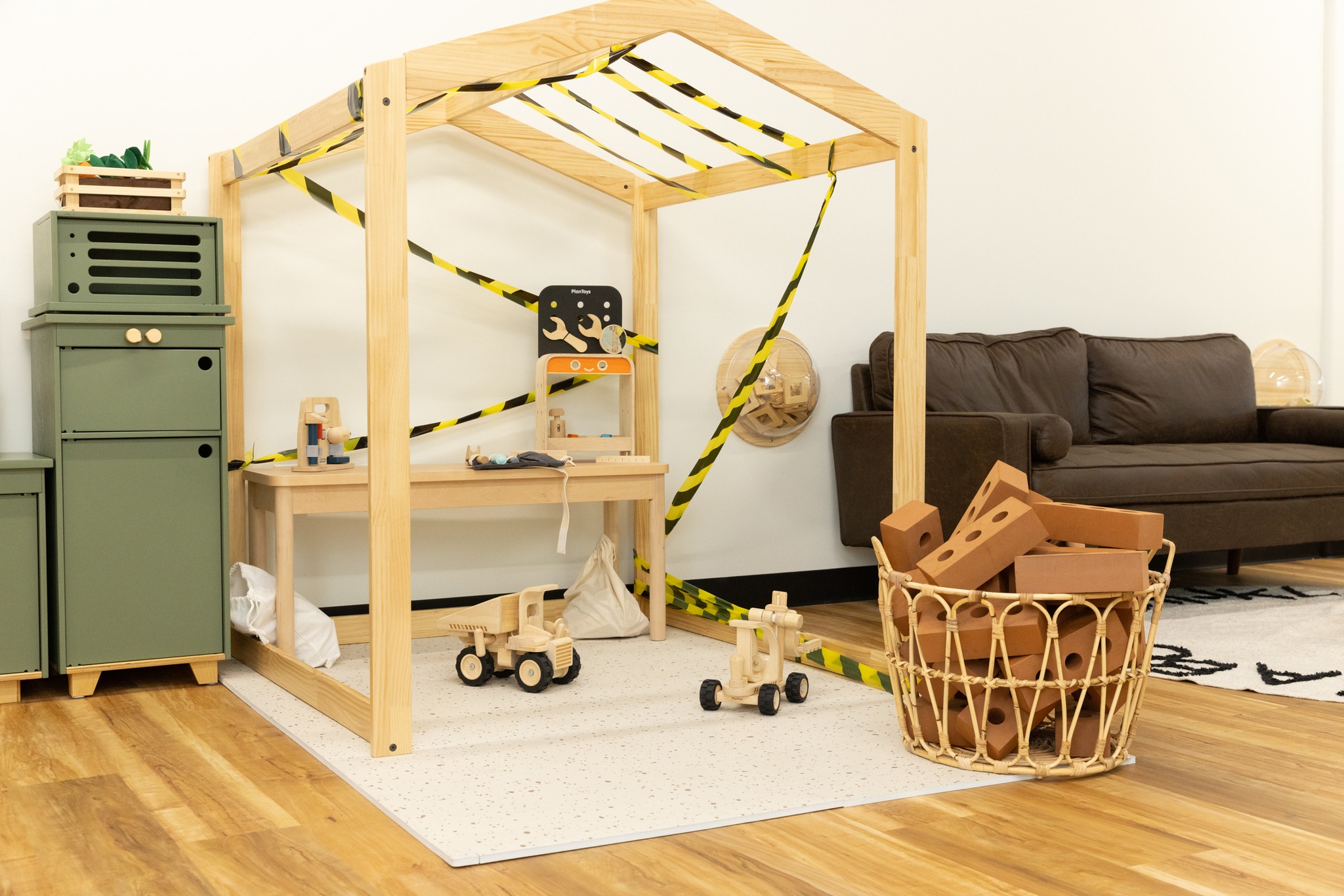
source@naturalnestplaycafe
A building zone is essential for developing fine motor skills and encouraging imaginative play. You can dedicate a section of the playroom to building toys like LEGO sets, wooden blocks, or other construction toys. Adding a large table or even a floor mat where kids can build freely will give them a designated space to unleash their creativity. Whether they’re constructing intricate buildings or just experimenting with shapes, a DIY building zone fosters problem-solving and critical thinking skills while providing endless fun.
8. Design a Cozy Fort Area
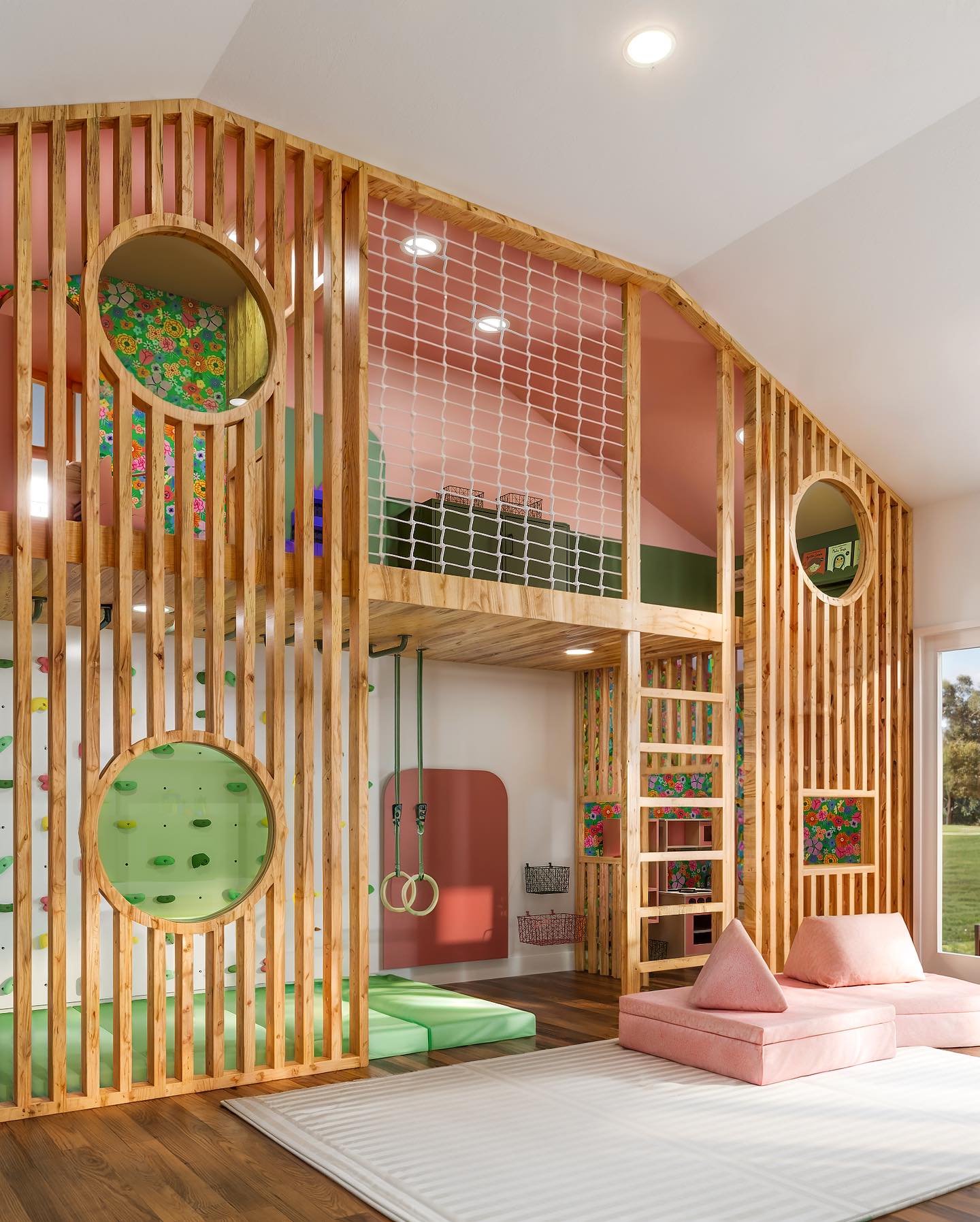
source@akoplayrooms
Forts are timeless, and every child loves the idea of having their own secret hideaway. Designing a fort area in the playroom can ignite a child’s imagination, offering them a personal space for reading, playing, or even daydreaming. Use blankets, pillows, and some fairy lights to create a cozy and inviting area. You can go the extra mile by adding some fun accessories such as plush animals or a small table for snacks and crafts. Forts encourage creativity and role-play, which are essential components of childhood development.
9. Install a Chalkboard Wall
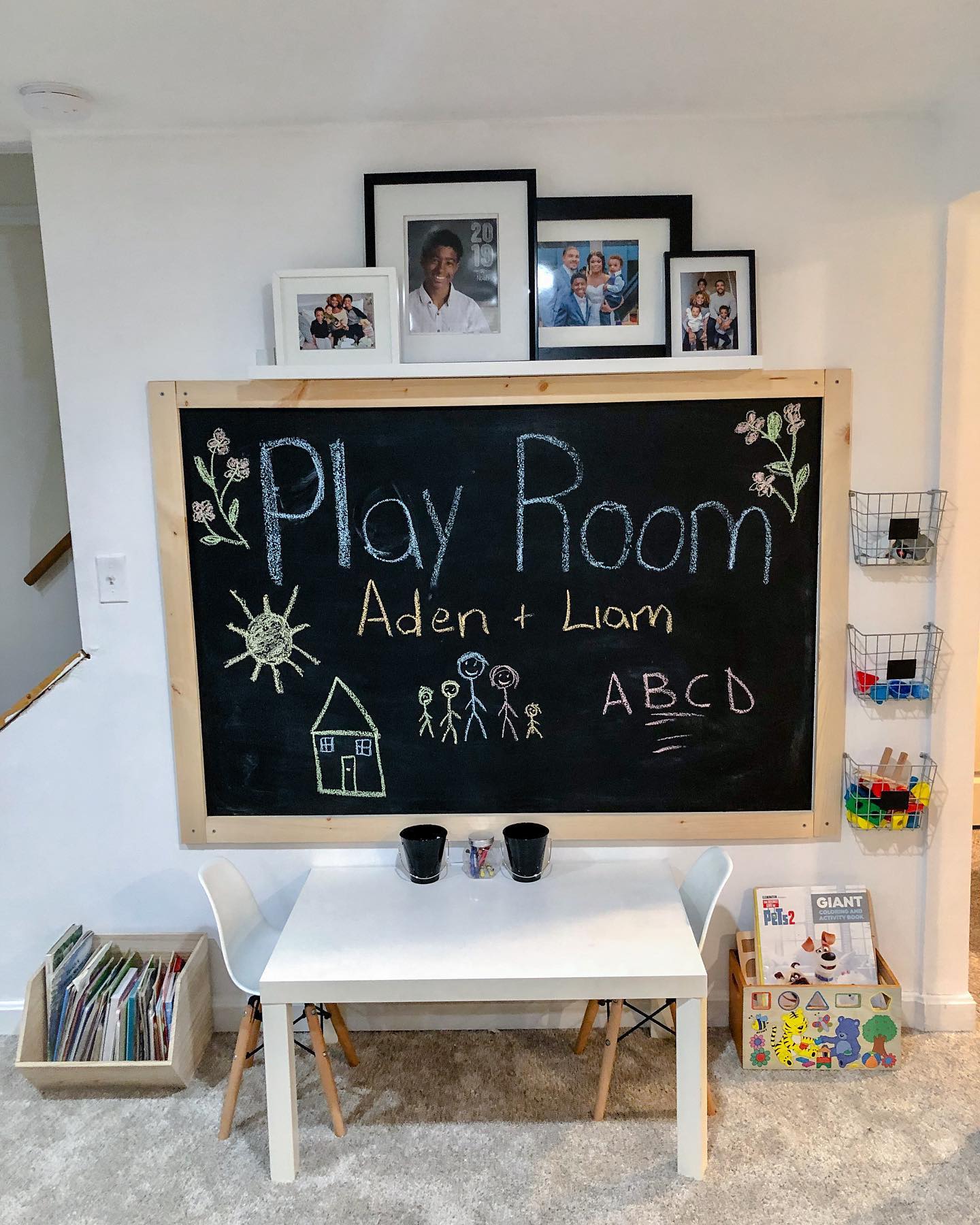
source@aminataliving
A chalkboard wall can serve as a dynamic creative canvas in the playroom. Not only does it provide endless opportunities for children to draw and write, but it can also serve as an evolving art project, with kids adding and erasing their creations as they please. The wall can feature doodles, artwork, or even a daily schedule or reminders that kids can help write. It’s a perfect way to merge fun and function in one design element.
10. Add a Cozy Lounge Area
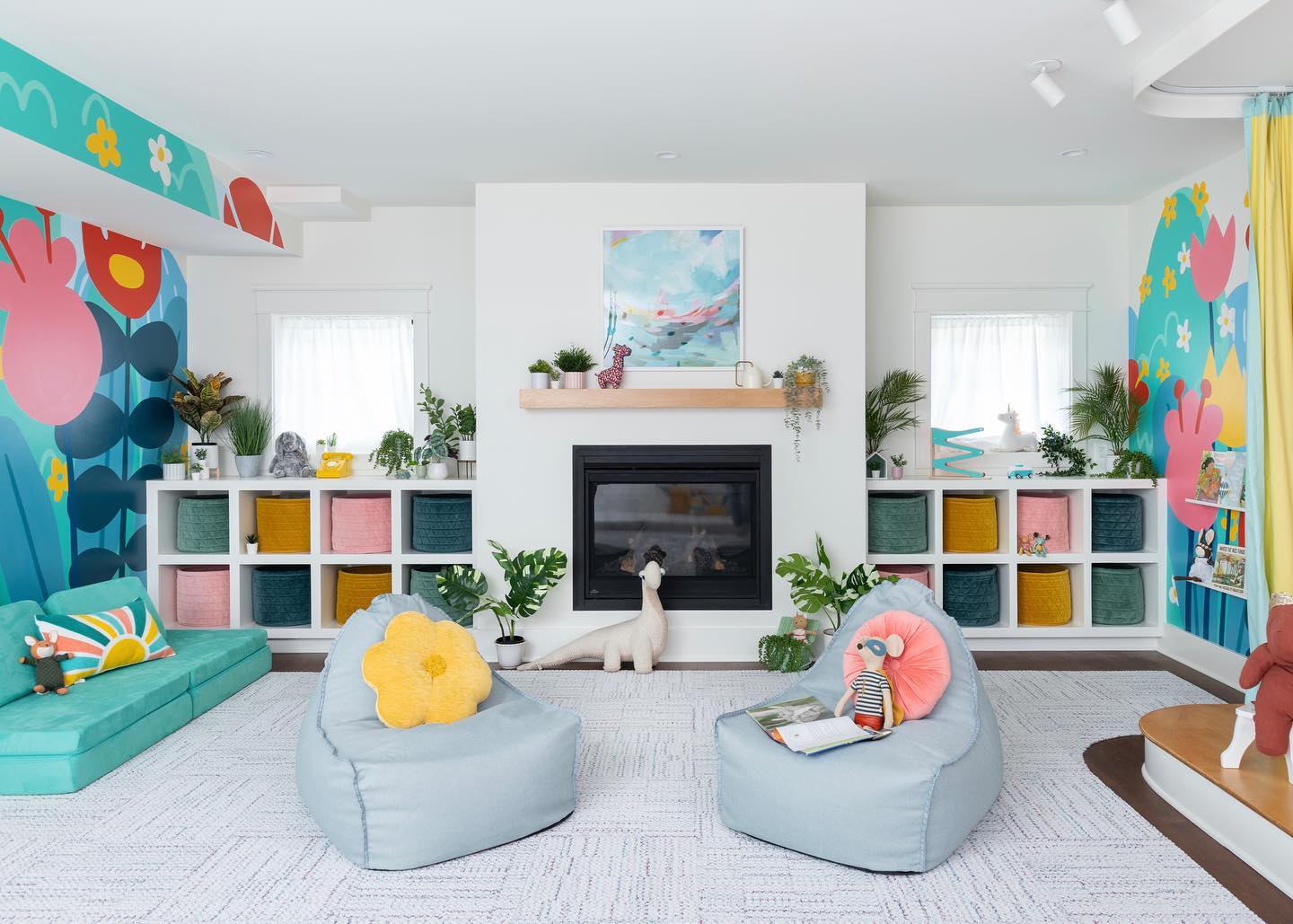
source@grohplayrooms
Sometimes, kids need a space to relax and unwind after a fun-filled day. A cozy lounge area in the playroom will allow them to take breaks between activities, have a snack, or even nap. Add comfortable seating such as bean bags or floor cushions, a soft rug, and a few plush toys to create a calm and inviting environment. This lounge can double as a reading area or a spot for quiet play, offering kids a place to catch their breath before diving into their next imaginative adventure.
11. Create a Nature-Inspired Play Area
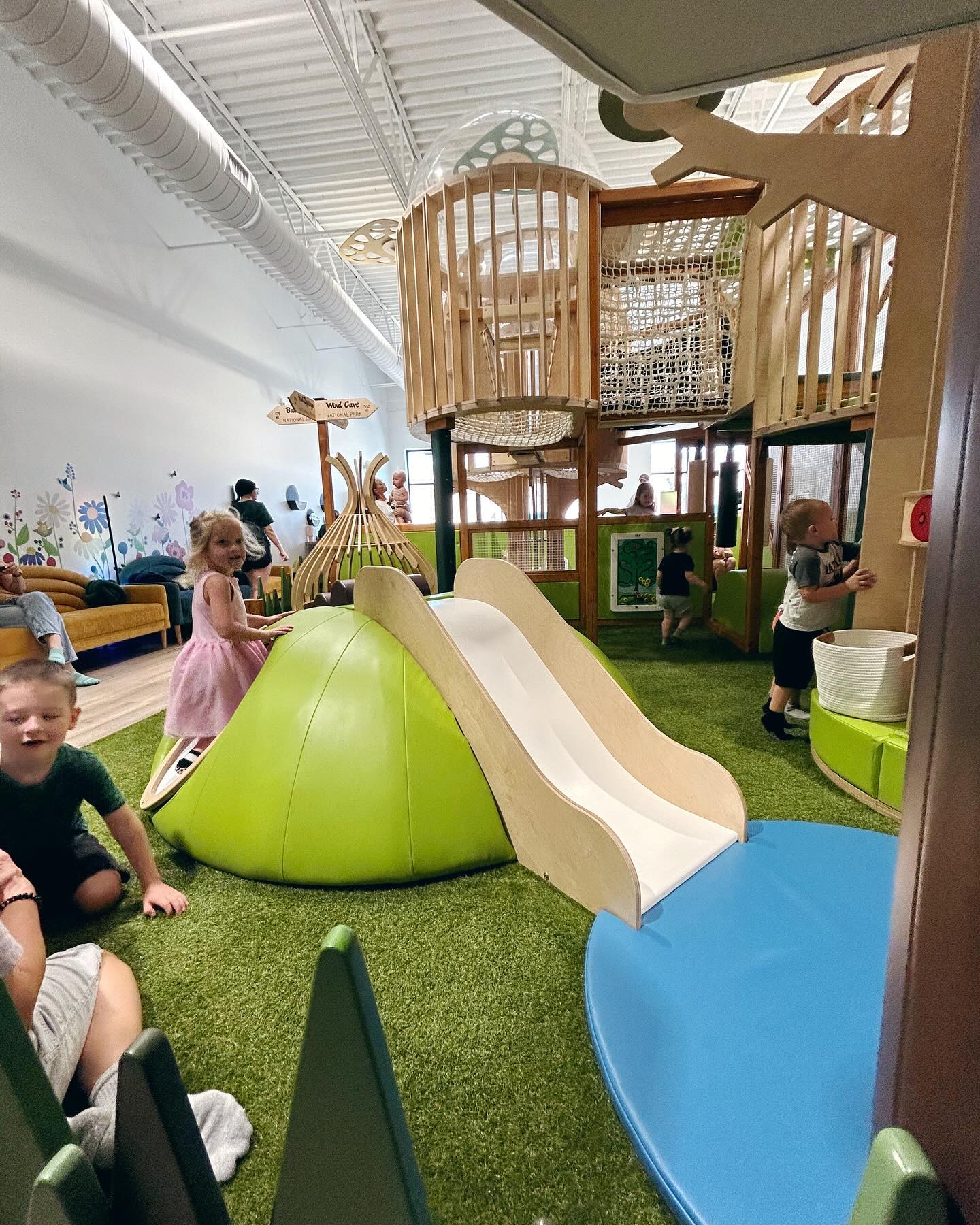
source@omahaplaygroundcollective
Bringing the outdoors inside is a fantastic way to introduce children to nature and inspire creativity. Consider incorporating elements like wooden toys, plant life, and nature-themed decor to create a soothing and inspiring play space. A tree-shaped bookshelf, wooden block sets, or even a mini indoor garden will evoke a sense of calm and wonder. Nature-inspired elements not only foster creativity but also teach children about the environment and the importance of caring for nature.
12. Set Up an Imagination Station
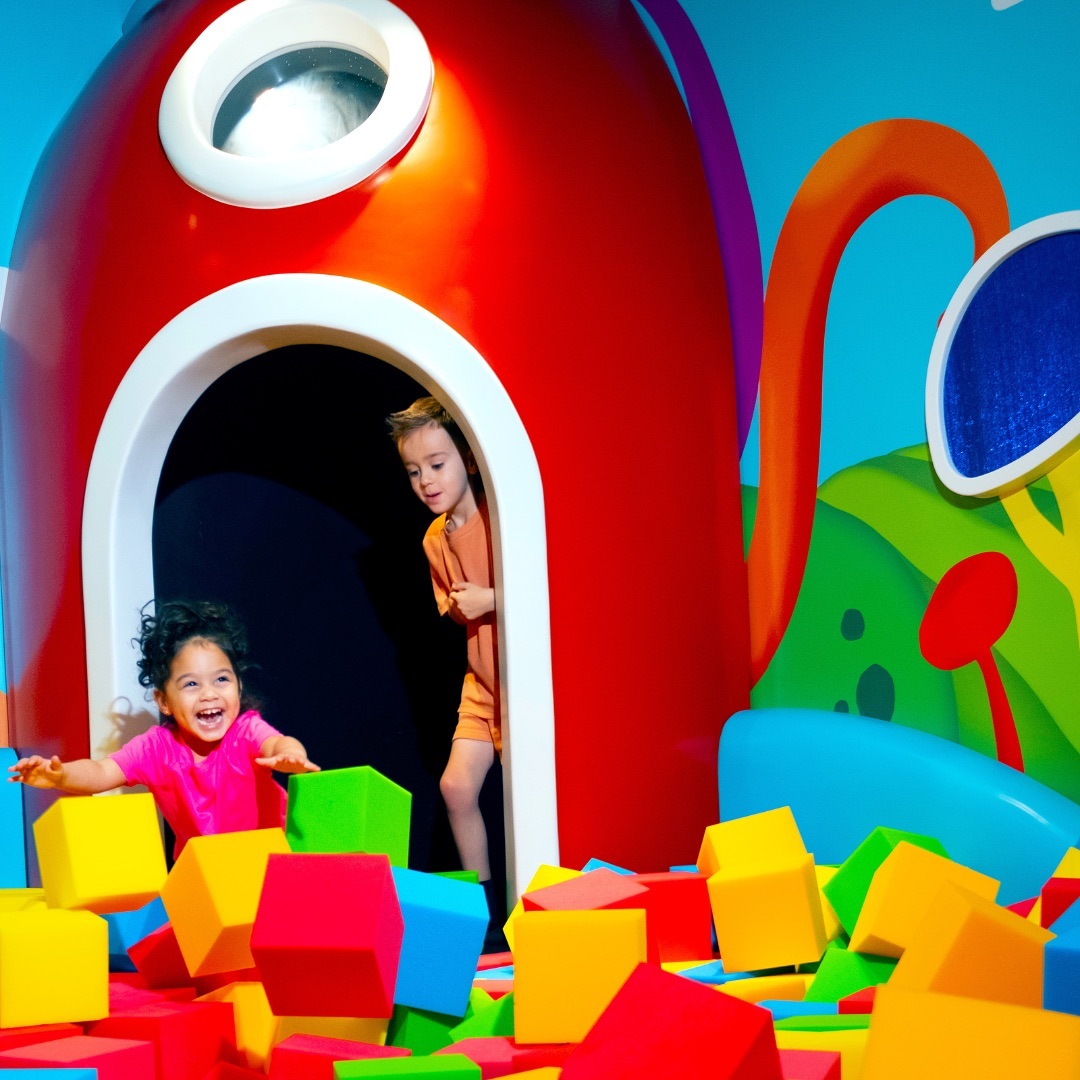
source@planetplayskool
An imagination station could be a small corner or designated space in the playroom where children can engage in free play and creativity. Fill it with costumes, props, and imaginative play items such as toy kitchens, pretend food, or even a DIY puppet theater. This area allows kids to escape into a world of make-believe, fostering their creativity and social skills as they interact with others and pretend to be different characters.
13. Design an Art Gallery Wall
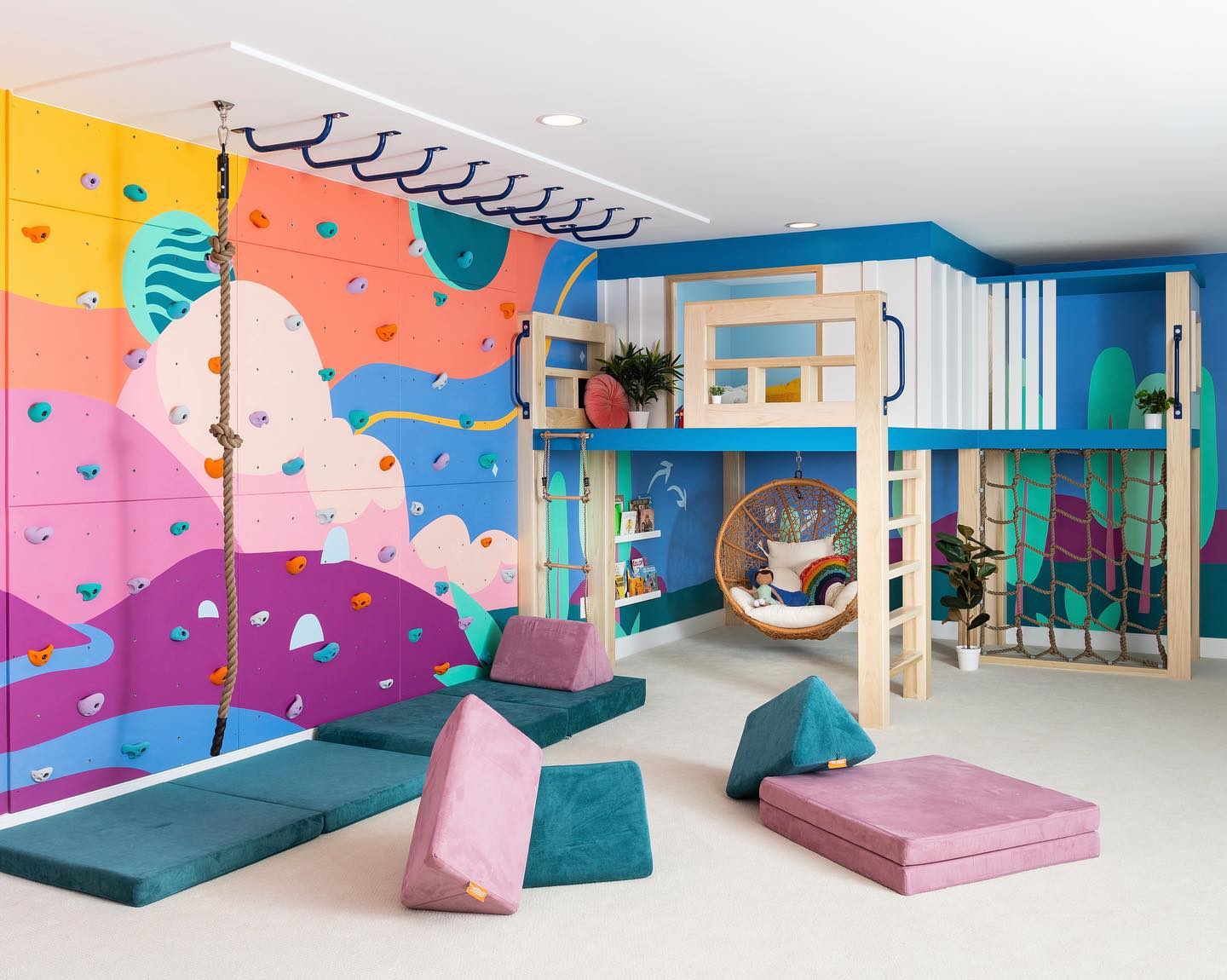
source@grohplayrooms
Transform one wall of the playroom into an interactive art gallery where your child can proudly display their creative works. You can use frames, hanging clips, or cork boards to showcase their latest paintings, drawings, and craft projects. Rotating the artwork regularly will keep the space fresh and allow kids to take pride in their creations. This not only encourages creativity but also gives children a sense of accomplishment as they see their work displayed like a professional artist’s gallery.
14. Create a Puzzle and Game Zone
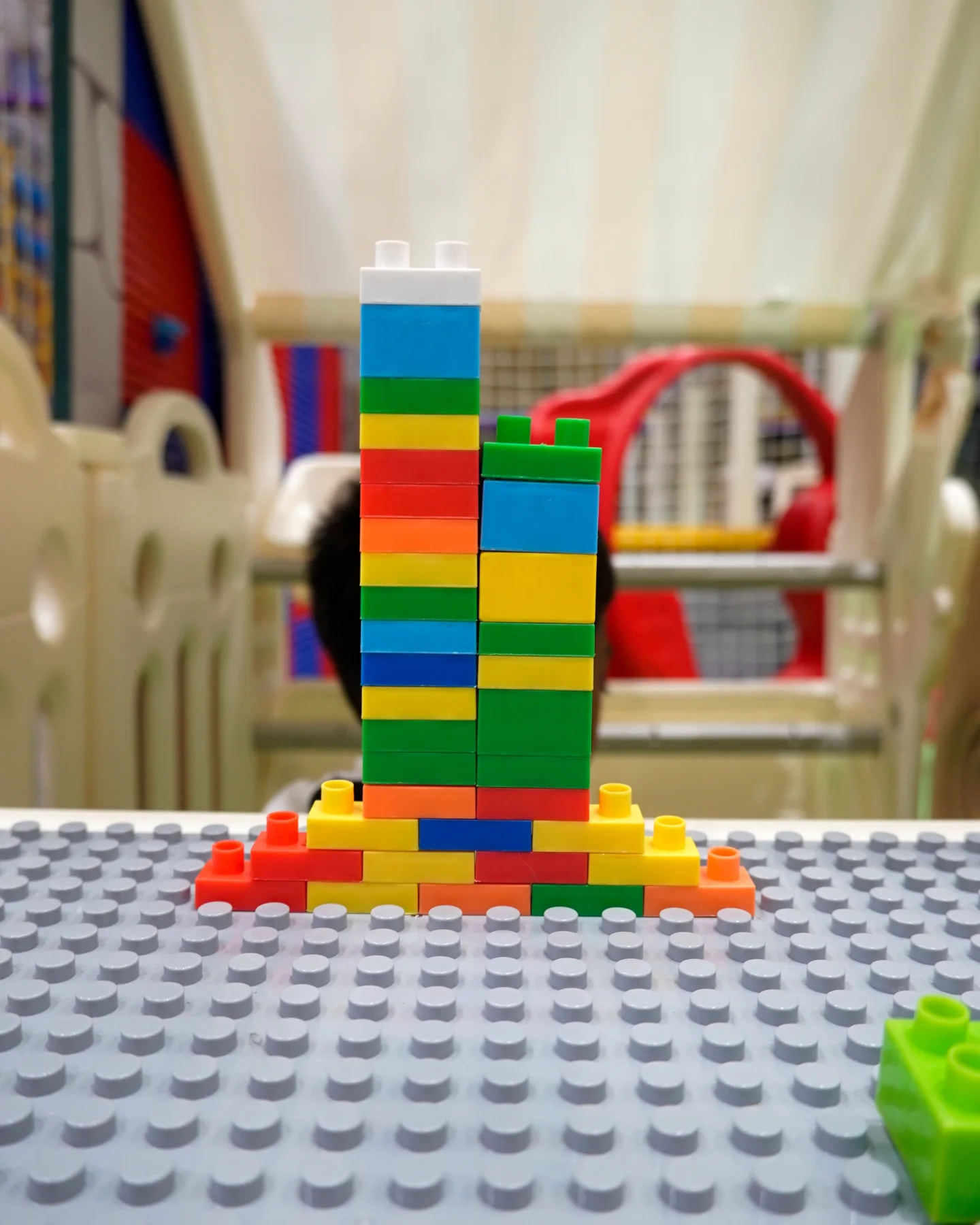
source@funton__kidsplay
Puzzles and board games are not only fun but also excellent for cognitive development. Designate a space in the playroom where your child can work on puzzles or play their favorite games. You can include a large table or a floor mat for puzzle building and set up shelves or bins for easy access to board games. Whether it’s a jigsaw puzzle or a classic game like Monopoly, these activities help enhance problem-solving skills and critical thinking.
15. Add a Chalkboard Table for Creative Play
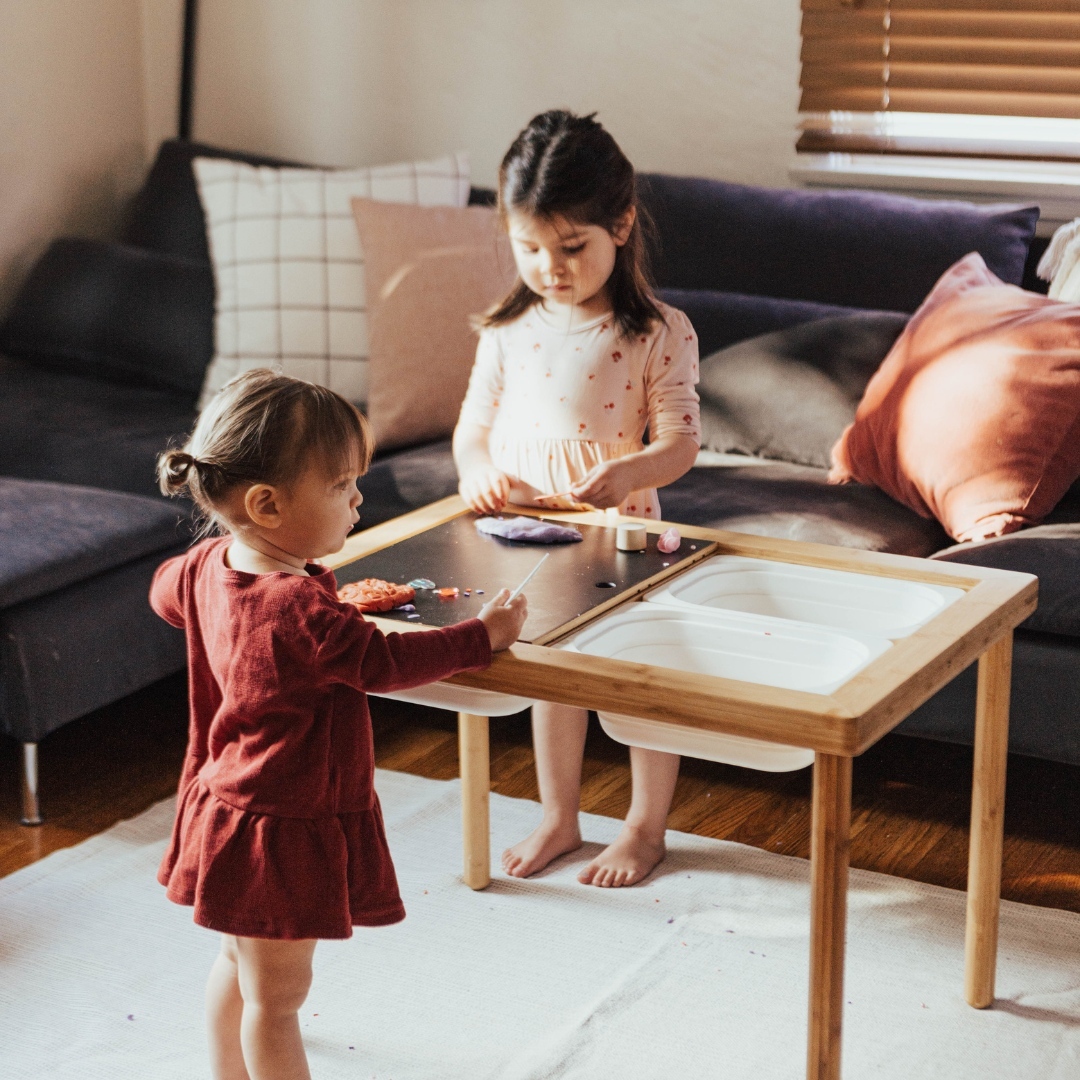
source@wonderandwise
Incorporating a chalkboard table into your playroom design will encourage endless creativity and fun. This table allows kids to draw, doodle, and write while playing. Whether it’s drawing a treasure map, planning a race track for toy cars, or simply expressing their imagination, the chalkboard surface offers a mess-free and ever-changing creative canvas. Pair the table with colorful chalk and watch your child’s creativity flourish!
16. Incorporate Interactive Light Features
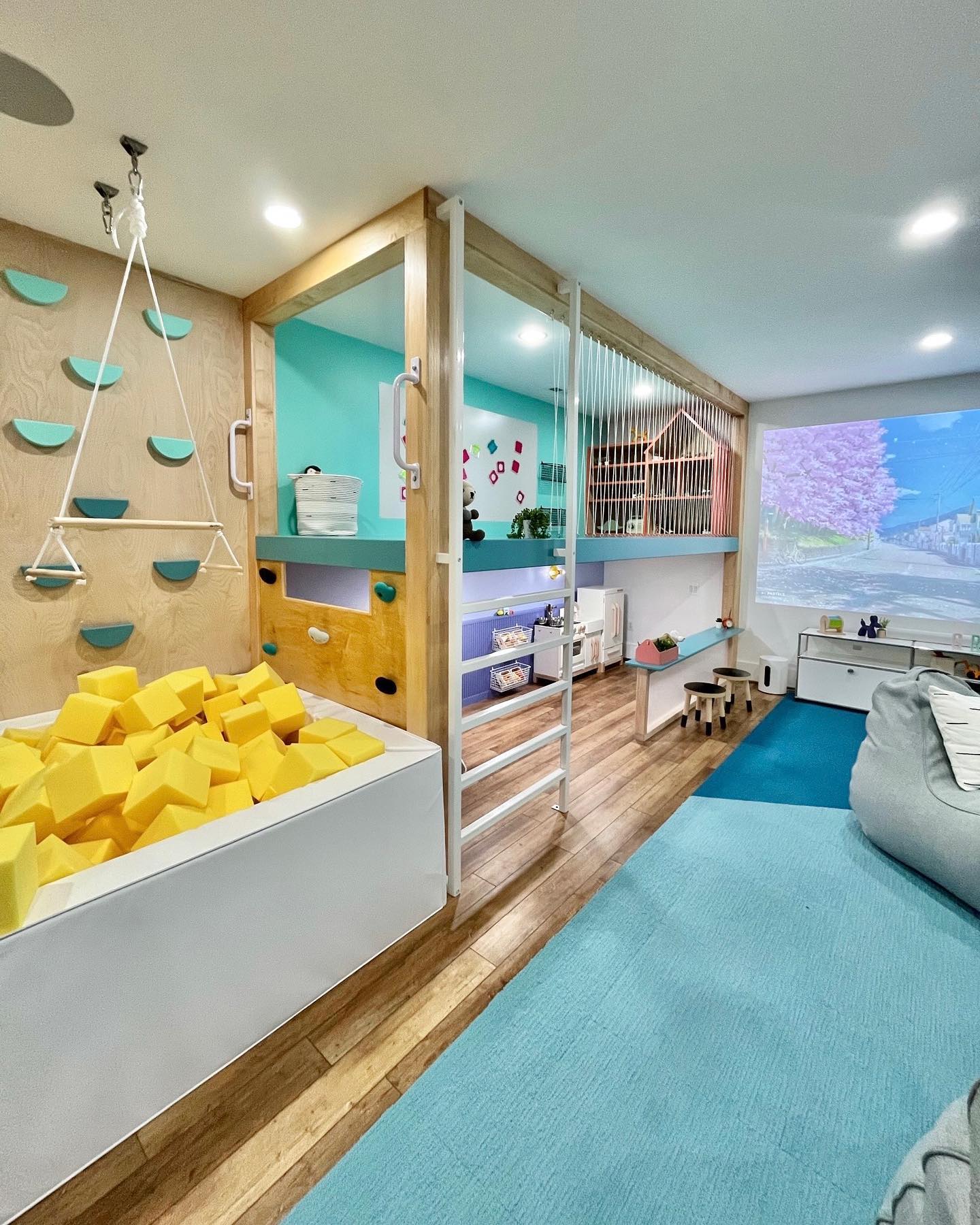
source@grohplayrooms
Lighting can dramatically influence the mood of a room. For a playroom, interactive light features like color-changing lamps or string lights can create a dynamic environment that sparks creativity. Consider using LED light strips along the walls or hanging twinkling fairy lights above a play area to add magic to the room. Some interactive light features even respond to music or movement, adding another layer of fun and engagement for your child.
17. Set Up a Science and Discovery Station
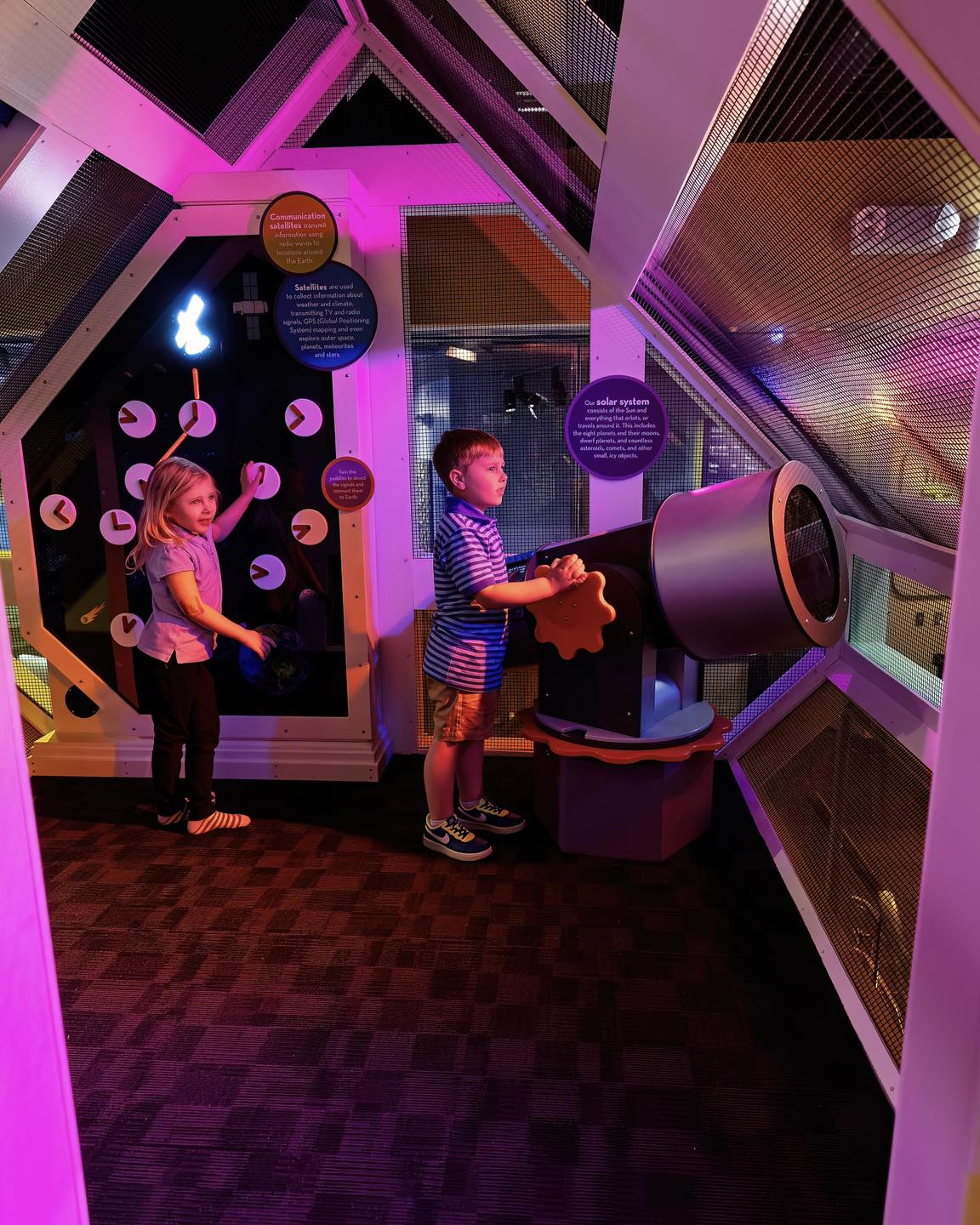
source@discoveryplace_kids
For little explorers, a science station in the playroom can encourage curiosity and hands-on learning. Include items like a small magnifying glass, a collection of rocks or shells, or even a simple science kit. A discovery station helps kids learn about the natural world, whether they’re examining bugs, experimenting with simple science projects, or exploring textures and shapes. This area can be set up to spark inquiry and teach kids valuable scientific concepts through play.
18. Create a Dress-Up and Role-Play Area
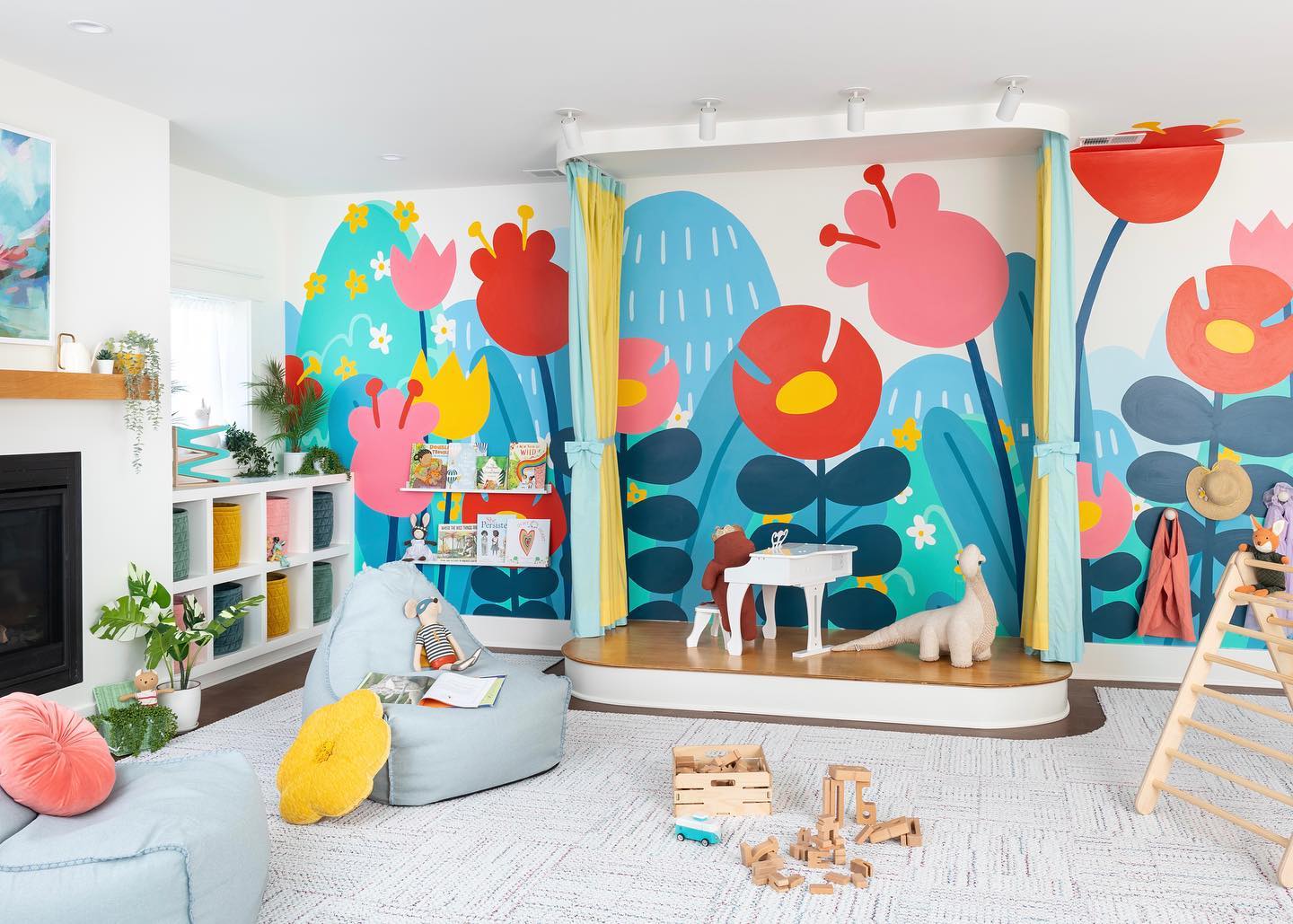
source@grohplayrooms
Role-play is an important part of childhood development, and having a designated space for dress-up and imaginative play is key to encouraging creativity. Create a costume corner in the playroom filled with clothes, hats, and props that let kids explore different personas, whether they’re pretending to be superheroes, chefs, doctors, or adventurers. Adding a small mirror or a curtain for privacy will give children a space to try on their costumes and get ready for their next adventure.
19. Add a Tactile Wall for Hands-On Exploration
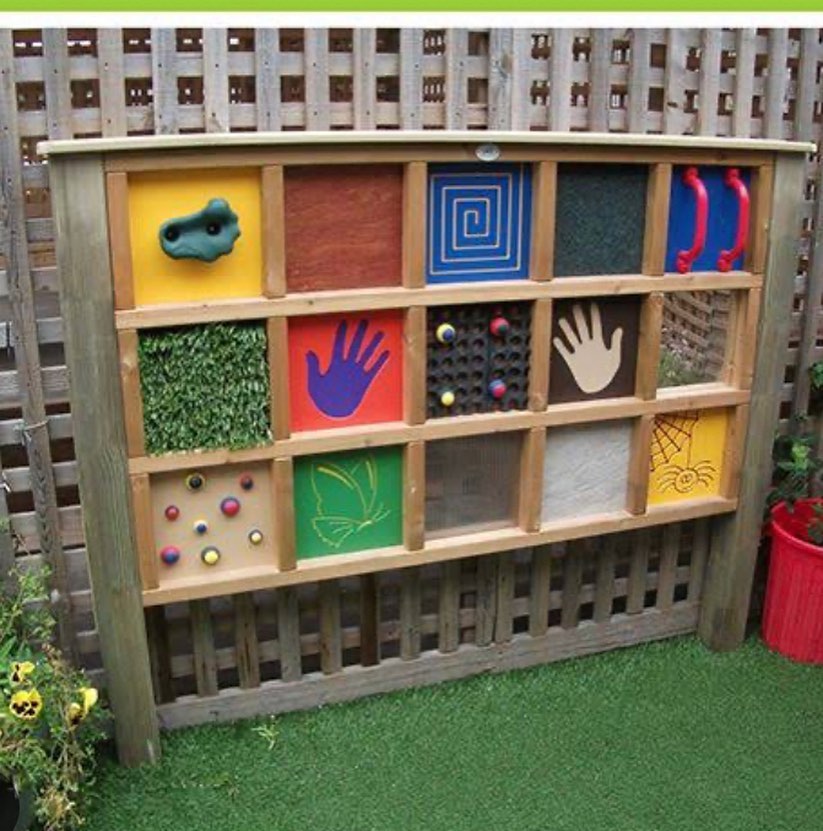
source@palletworksnb
A tactile wall, complete with various textures and materials, can provide a stimulating experience for young children. You can incorporate fabric swatches, textured tiles, zippers, and buttons for little hands to explore. This type of wall encourages sensory exploration and fine motor skill development, helping kids engage with different tactile elements. It also makes a great conversation starter and provides opportunities for interactive learning.
20. Include a Kids’ Music Corner
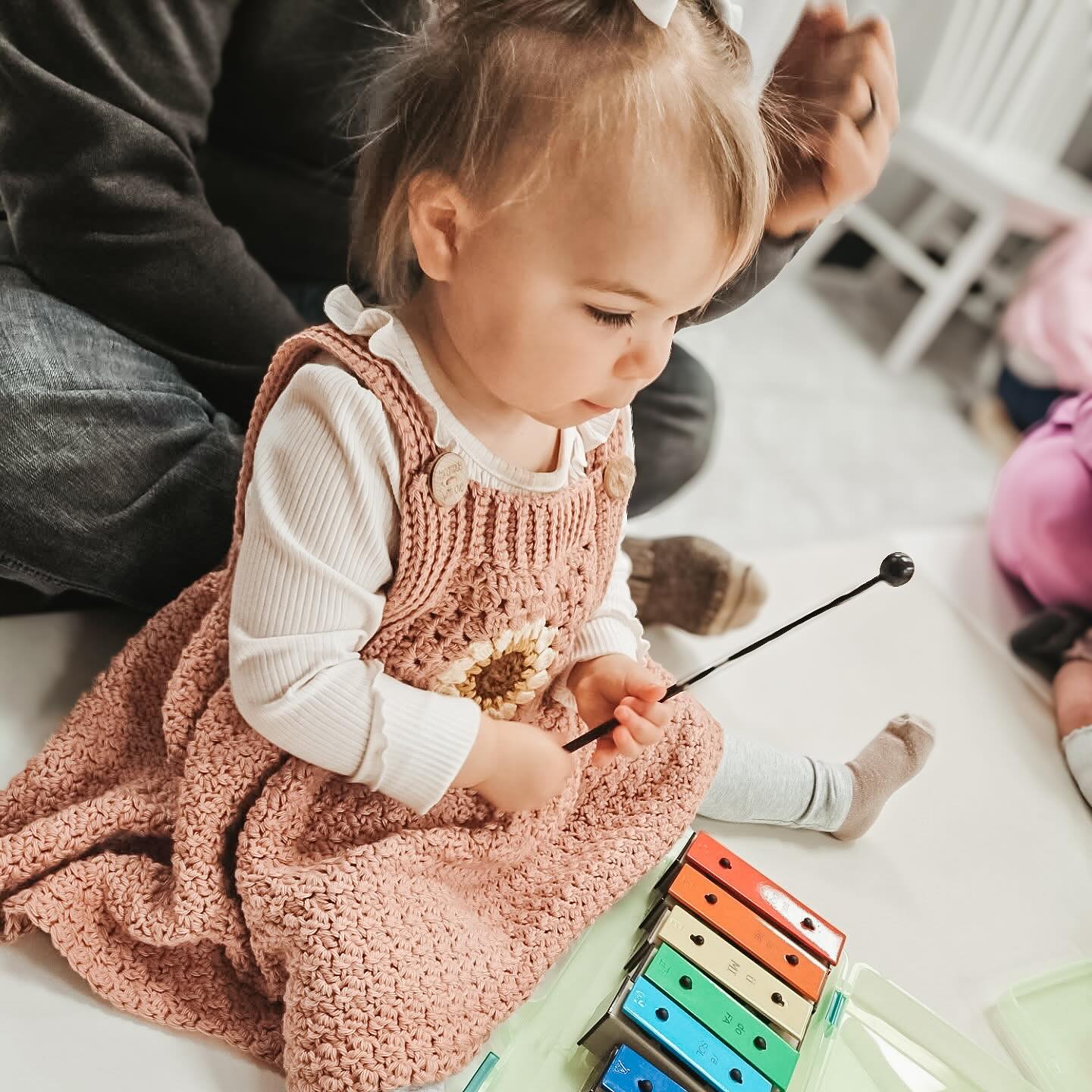
source@kids.corner.murfreesboro
For children who love music, creating a music corner in the playroom will let them express themselves through sound. Include simple instruments like a xylophone, drums, or a keyboard, as well as smaller musical toys like maracas or tambourines. Music is a wonderful way for kids to explore rhythm, develop coordination, and express their emotions. Set up a small area with a rug or mat to make it a dedicated music zone where they can sing, play, and make noise to their heart’s content.
21. Create an Indoor Sandbox
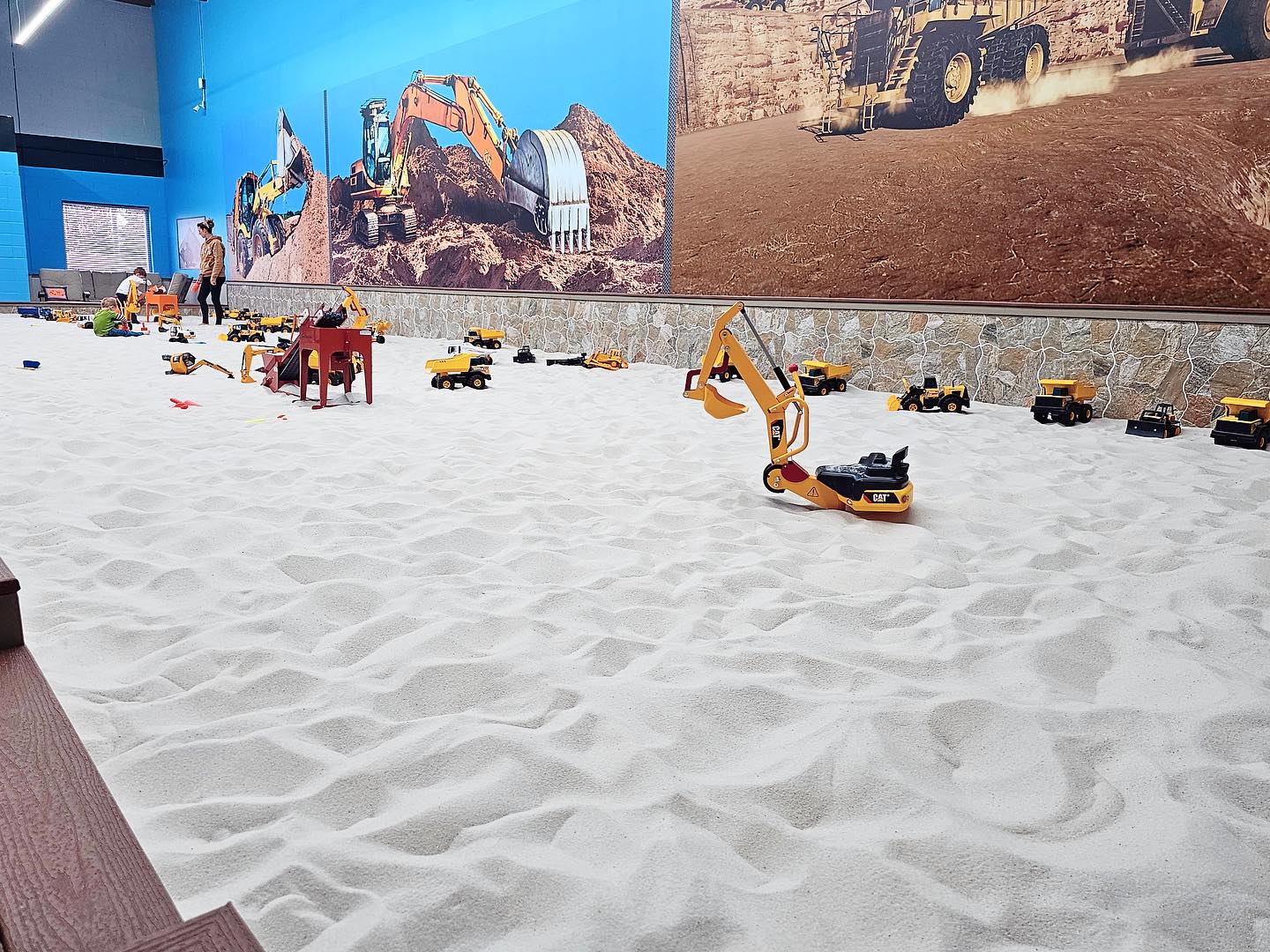
source@indywithkids
An indoor sandbox can be a fun and engaging way to encourage tactile exploration without the mess of an outdoor sandbox. You can use kinetic sand or play sand to create a sensory-rich experience that allows kids to dig, build, and explore. The sandbox can be placed in a corner with easy-to-clean storage for the sand, and you can add toys like shovels, molds, or even small cars for added play. It’s a great way for kids to experience outdoor play inside the house.
22. Set Up a Chill-Out Zone for Relaxation
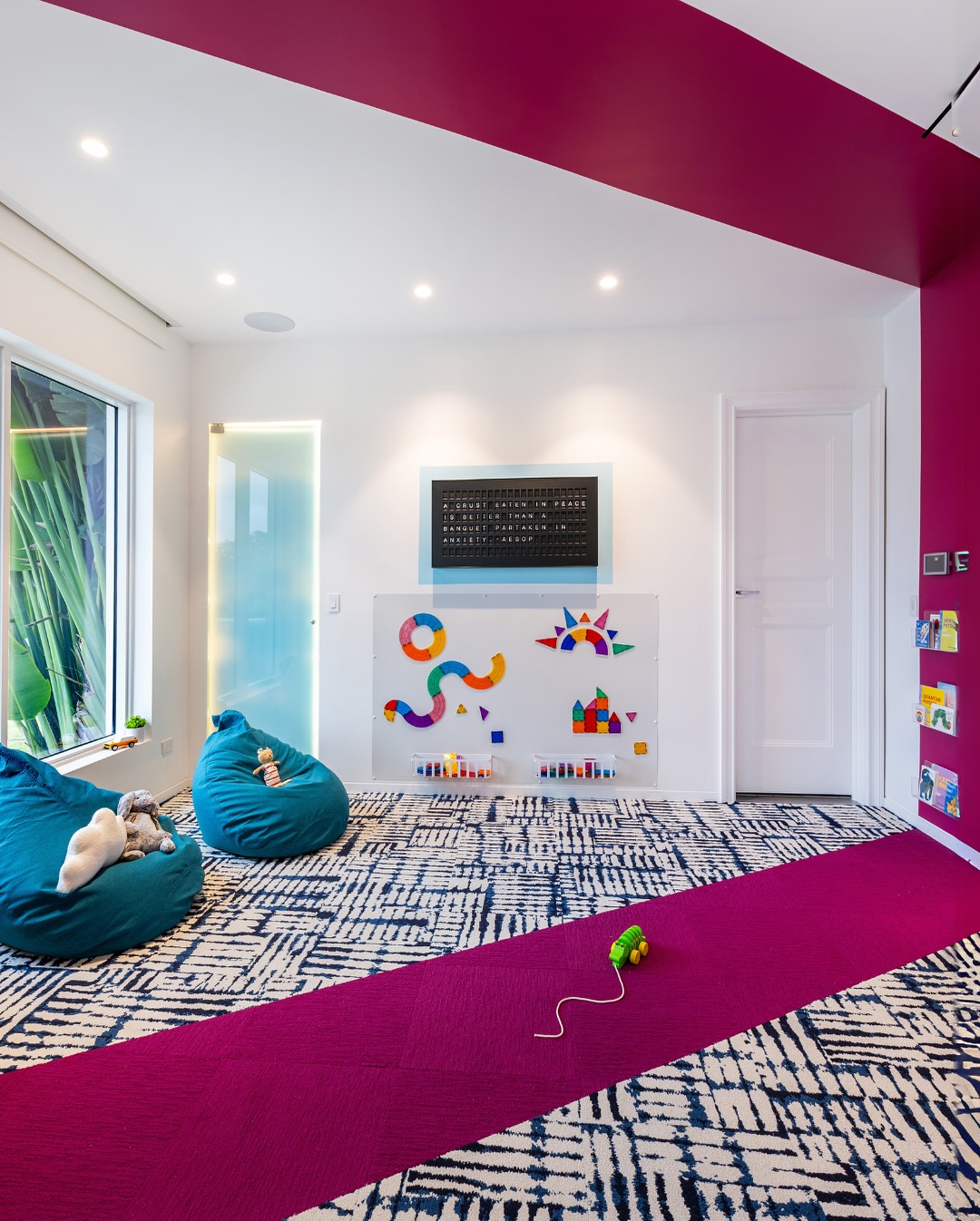
source@grohplayrooms
Sometimes, kids just need a break from all the activity. A chill-out zone, with cozy seating, soft lighting, and calming decor, can be the perfect place for relaxation. You can add floor cushions, a soft rug, and calming music to create a peaceful retreat where kids can unwind. This space can also serve as a quiet spot for reading or taking a nap, giving children a place to recharge between all their creative adventures.

